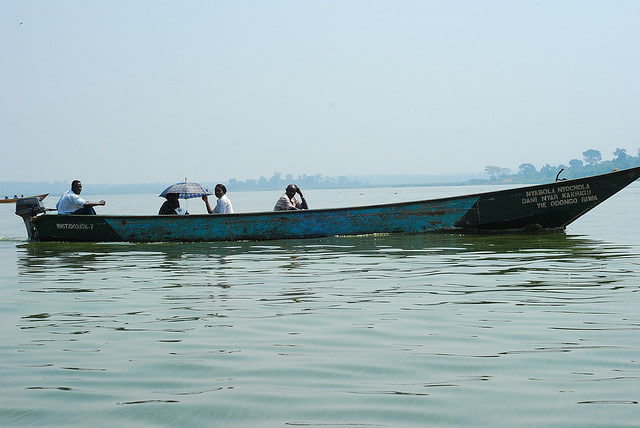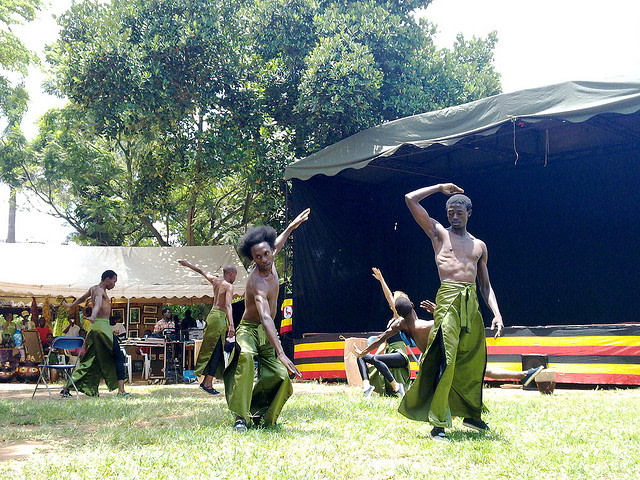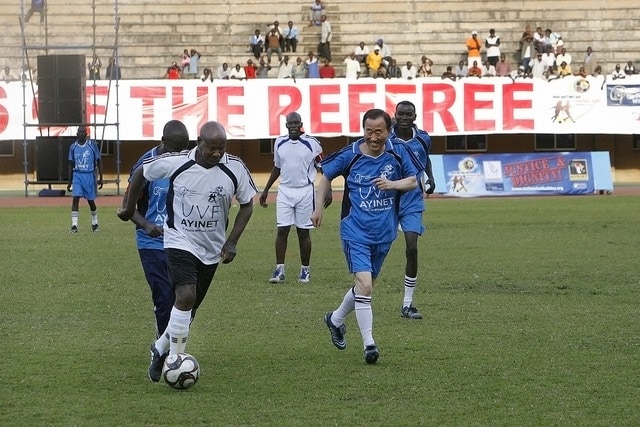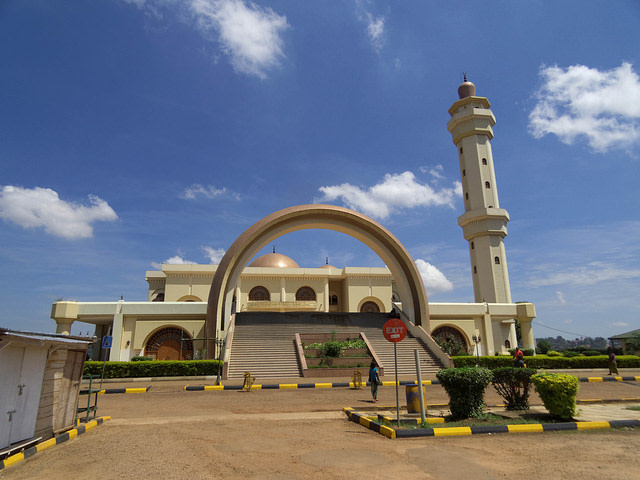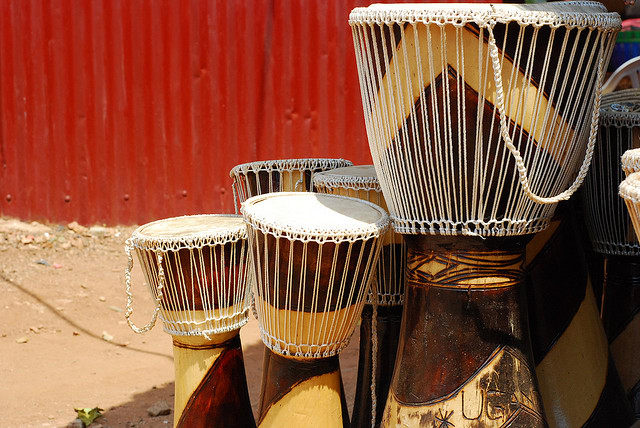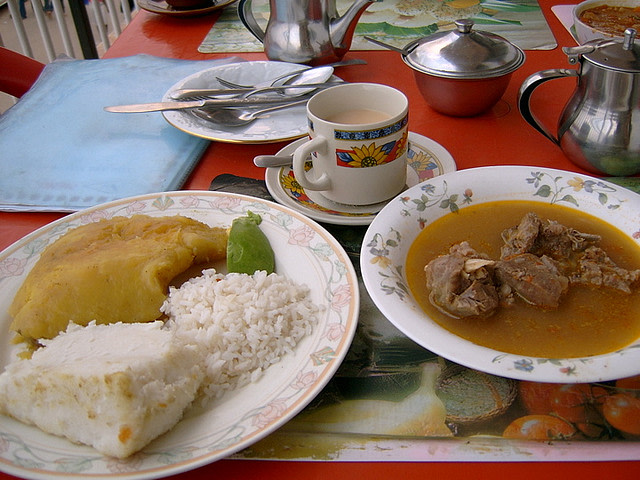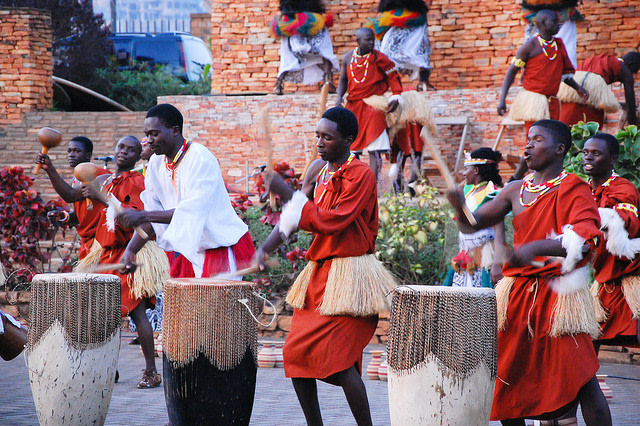| 8 mins read
Julie Jennings
Welcome to Kampala, Uganda, Verdant Land of Africa
The capital city of Uganda, Kampala encompasses a lush, tropical area of seven hills only a few miles from Africa’s vast Lake Victoria in the southern portion of the country. Kampala bustles as a productive commercial, cultural and tourism center of this flourishing African country. The country’s stock exchange is located here, as well as rail lines, roads and nearby port cities. Kampala serves as the main market for much of the Lake Victoria region and is second only to Jinja industrially. Its name is a unique blend of languages, originating from the time of the Buganda Kingdom and British government, members of which referred to the area as the “hills of the Impala.” The official languages of Uganda are English and Swahili, although Luganda is used by the Baganda people. True to is topography, the growing metropolis of Kampala maintains green space and small parks throughout the city. Here is a Kampala Tour Guide for travelers to this metropolis nestled in the historical and culturally rich Buganda Kingdom, explaining the best places to visit while in Kampala.
Interesting Places in Kampala
The Kasubi Tombs house the remains of four kabakas (kings) of the Buganda Kingdom and are located on Kasubi Hill near Kampala, sometimes referred to as Nabulagala. Tragically, in March of 2010, the grounds were destroyed by fire. Efforts to restore the site are still underway with the support of the Buganda people and the Ugandan government. Because it is an active religious site, it recommended women wear long skirts, however traditional skirts will be provided if needed. The first kabaka to be buried at Kasubi was the 35th Kabaka, Muteesa I. Keep an eye out for the distinct thatching technique used for the buildings at Kasubi; a ritualistic custom performed only by the Ngeye Clan.
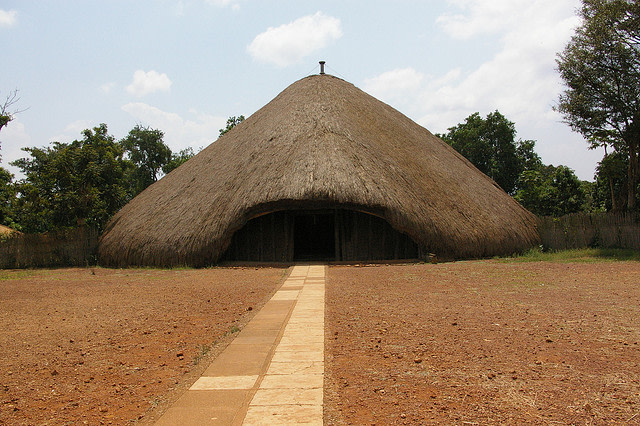
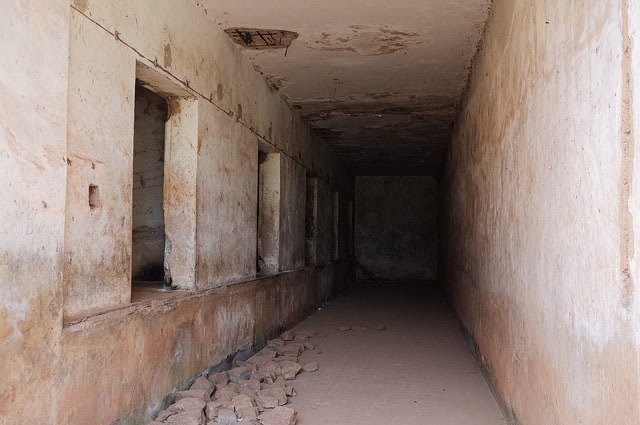
Uganda is home to an astounding list of wildlife and national parks. Lake Mburo National Park lies only a few hours from Kampala and is also the top place in Uganda to view the large Eland Antelope, and many plains game, such as the rusty-colored Topi. The park’s five lakes attract hippos, crocodiles and water birds. Uganda is also known for its national parks with gorilla-trekking, but these lie on the western border, several hours from Entebbe.
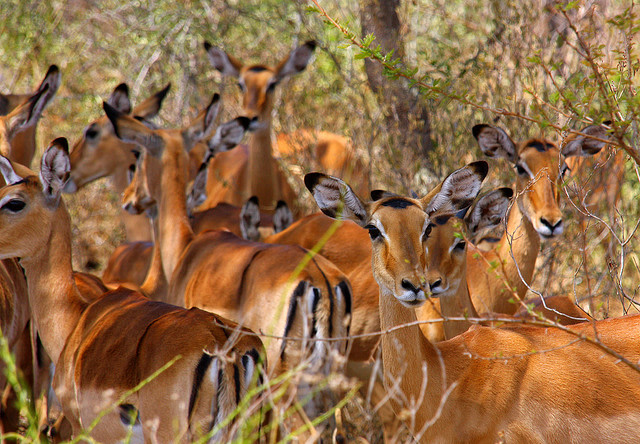
Kampala is also home to one of the largest athletic stadiums in Africa. Mandela National Stadium, or as it is often called, Namboole Stadium, has a capacity of 45,202 people and hosts football matches, as well as many other popular sports, including tennis. It was built with a grant of $36 million dollars from the People's Republic of China and opened in 1997. Located on its namesake, Namboole Hill in Kampala, the stadium is home to the Ugandan national team, the Cranes, as well as national league champions, Uganda Revenue Authority SC and Jinja’s Police FC.
Religious sites can be found throughout Kampala. The Anglican Church’s Namirembe Kathedrale, its most prominent place of worship, is located here on the beautiful Namirembe Hill. The Namugongo Martyr’s Shrine is a Roman Catholic shrine dedicated to the 22 martyrs burned alive in Namugongo on June 3, 1886, for their refusal to renounce Christianity. Twenty-two of the martyrs were canonized by Pope Paul VI in 1964 as saints, and the Rubaga Cathedral, the oldest in Uganda houses a memorial for them basilica; these sites have become significant pilgrimages for many visitors on June 3rd each year. The Uganda National Mosque, also called the Gaddafi Mosque in old Kampala is definitely worth the visit to the large, modern, ornate mosque, as well as the stunning view of Kampala from the minaret. There is also the Bahai Temple, a unique nine-sided structure built on the Kikaya Hills on Kampala’s outskirts, amidst sprawling greenery.
There is then the loud and busy central market in Kampala at the foot of Nakasero Hill, Nakasero Market, which offers an extensive array of vegetables and fruits, some imported from neighboring countries. The food is fresh and less expensive than grocery stores. An inside portion of the market also sells cheap electronics, textiles and some tourist products.
Local Cuisine and Night Life
The staple in the southern Ugandan diet in is a plantain called matoke, which is prepared in stews and curries, as well as sweet potatoes, Irish potatoes and cassava, a plant used in many sticky doughs and flour-based foods. Since Kampala is a true cosmopolitan city, however, foods to satisfy all tastes and wallets can be found, from local fare to Mexican, Indian to Mediterranean cuisine. Beer is a popular drink, and Ugandans like to serve it as it tastes best, cold; so sample one of the brews from local breweries in Jinja or Port Bell.
For a night of music, dancing and cocktails in Kampala, Kabalagala is the “Vegas” of the capital city, known for its late hours and nonstop partying. It’s located by the U.S. Embassy and University. It was originally named for the Kabalagala, a pancake-like snack made popular in the 1970s, but it is now a nightclub haven. For a fun, family evening out, seek out the Ndere Troupe at the Ndere Cultural Centre in Kampala, where boys and girls perform dances from all over Uganda. The name, Ndere, is derived from the noun “endere,” which means flute, symbolising a worldwide instrument of dynamic uses and sounds.
Some DO’s in Kampala
DO get a Visa for entry into Uganda and have an updated passport. Check with an embassy for Visa requirements and obtain a Visa from the embassy or upon entry into Uganda at Entebbe International Airport.
DO consult with a physician regarding vaccinations at least six weeks prior to traveling to Uganda. You are required to have a Yellow Fever vaccine to enter the country. Other highly recommended vaccinations include: Hepatitis A and B, Meningitis, tetanus, polio and typhoid.
DO exchange some currency for the Uganda shilling.
A Few DON’TS in Kampala
DON’T plan to drive around. Hire a Uganda tour guide to arrange transportation in and outside Kampala. Driving requires an international driver’s license, as well as knowledge of left-hand side automobiles and one-way only streets.
DON’T forget bug spray when traveling in Uganda where there is an overabundant mosquito population.
Getting to Kampala and Around Town
Travelers fly into Entebbe International Airport in Entebbe, the former capital of Uganda, about 20 miles (30 km.) west of Kampala and near the shore of Lake Victoria. Trams, buses, shuttles and taxis are available in Kampala.
Weather in Kampala
Although set in a tropical climate, Kampala, and Uganda in general, enjoy mild climates due to their elevation, and for Kampala specifically, its proximity to Lake Victoria. Humidity is likely and the rainy season is typically during two seasons, April to May and October to November, although occasional tropical thunderstorms are possible. Kampala residents enjoy 12 hours of daylight almost year round.
(Julie Jennings enjoys writing about people she’s met, places she’s visited and experiences she’s had. She lives with her two children in Southern California and dreams of taking her next trip.)


